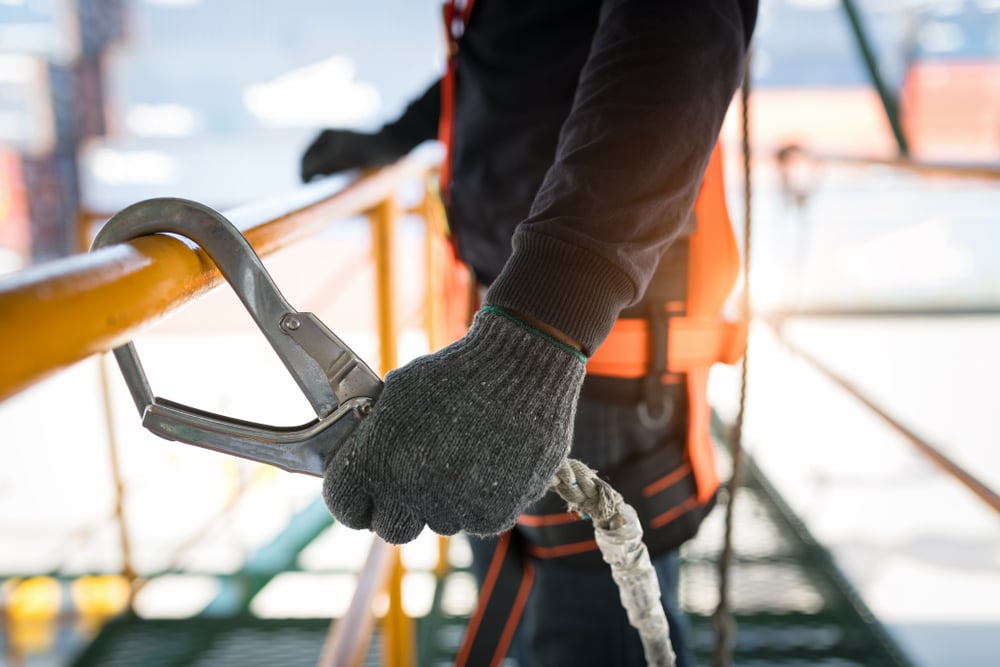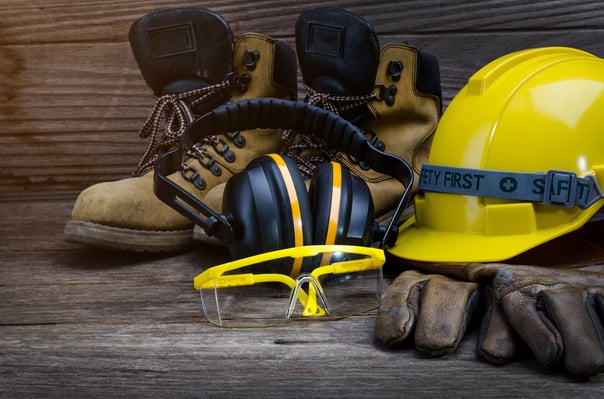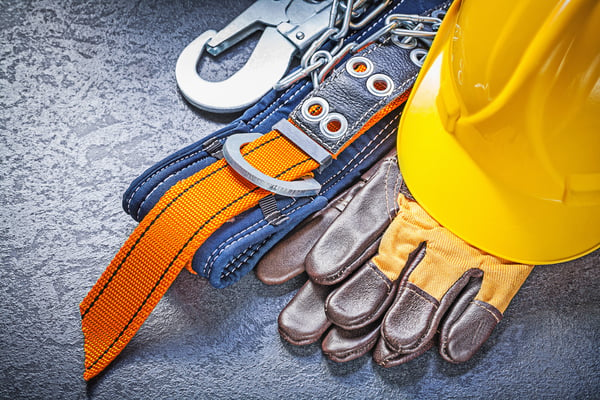Top 6 Construction Safety Tips for 2024

Construction workers have one of the most dangerous professions, and the lack of safety measures increases the risk of accidents and fatalities. However, construction managers and project owners are becoming more aware of the importance of construction site safety.
Construction employers must work to prevent accidents, first of all for ethical reasons and social responsibility. However, accident prevention is also beneficial from the economic standpoint. An accident can cause a great loss of money and time during a project. Construction business can reduce site accidents and promote safety practices by following several strategies.
1. Awareness
When people are informed about the possibility of any type of risk, they will tend to be more careful. Before any construction worker starts laboring in a project, he or she must be aware of the possible hazards. Regardless of the prior experience construction workers may have, every project has unique risks. Communication is key, and the best way to prevent accidents is by understanding hazards and being aware of them. This doesn’t apply exclusively for construction workers: every person that visits the project must be aware of the risks present, and must receive effective instructions for accident prevention.
Everyone in a project site is responsible for safety. However, the construction safety officer and project manager are responsible for identifying hazards and implementing safety practices. Ensuring the safety of construction workers and anyone on site should be among the top priorities of construction managers.
2. Training
The Occupational Safety and Health Administration (OSHA) provides training on safety and security practices in many industries, including construction. OSHA provides pamphlets, worksheets, training videos and on-site training.
Construction safety training shouldn’t be seen as secondary for experienced workers. They should constantly update their knowledge, since new construction methods and technologies also bring new risks.
- Workers are expected to attend training sessions, but construction safety officers should also provide on-site training when implementing safety measures.
- When safety practices are promoted and implemented on site, workers are forced to follow them..
- Without proper training, construction workers can be easily injured or even killed.
Not all construction activities carry the same level of risk. For example, working at height is more dangerous than assembling concrete formwork at ground level. However, safety procedures should be implemented and followed regardless of the risk level.
Professional construction administration services improve safety in your project sites.
3. Personal Protective Equipment

To ensure safety in project sites, construction workers must be equipped with proper gear and tools for the job at hand. When adequate equipment is not available, construction workers may improvise and the risk of accidents becomes much higher. The construction personal protective equipment includes:
- Eye and face protection: safety glasses and face shields should be wear when work operations can cause foreign object to enter the eyes.
- Foot protection: Shoes or boots with slip and puncture resistant soles, when necessary even safety-toed footwear.
- Hand protection: Gloves adequate for the job at hand
- Head protection: Hard hats when there is a potential for objects falling from above
- Hearing protection: Earplugs or earmuffs in high noise work areas
4. Communication
Communication is very important for construction site safety: accidents are more likely when workers are not well informed about the tasks programmed for each day. Responsible companies will equip their workers with proper communication devices, to improve coordination between them on site. Clear communication is beneficial in many aspects: projects are completed faster, workers can perform their job properly, and workplace conditions are improved.
5. Legal documents and reports
Proper documentation is necessary to enforce construction site safety. Having reports for every single activity performed during the project is crucial for construction managers. The required documentation includes licenses, registrations, work permits and job-specific certifications. If an activity demands a specific contractor license or certification, and work proceeds without it, project owners and contractors will normally face legal consequences.
6. Qualified Supervision and Accident Investigation

Strict and qualified supervision is important to achieve site safety. Construction safety officers are the ones in charge of implementing and enforcing safety standards without any exceptions.
Accidents will happen, since preventing them completely is impossible even with the best safety procedures. Companies must remain transparent when accidents occur and report them, since this allows the development of more effective safety practices.
It is important for the construction industry to invest in improving site safety. The development of new practices that enhance security should be promoted and encouraged.
Conclusion
Reducing accidents and injuries on site must be a priority in the construction industry. To achieve this, companies must ensure their workers are aware of site hazards. Construction safety requires a constant effort, and should be approached with several strategies:
- Training workers to prevent dangerous situations.
- Providing proper equipment.
- Promoting clear communication.
- Improving safety procedures.
Legal documentation is necessary to avoid lawsuits and other liabilities. In case of an accident, construction firms must remain transparent and report issues, helping develop more effective prevention strategies. Eliminating accidents is a challenging task, but best practices in construction site safety can minimize them.

Keith Fink
Keith is the Franchise Brand Manager at NY Engineers, Keith is all things related to our project portfolio, brands and all things you need to know before we start your project.
Join 15,000+ Fellow Architects and Contractors
Get expert engineering tips straight to your inbox. Subscribe to the NY Engineers Blog below.


